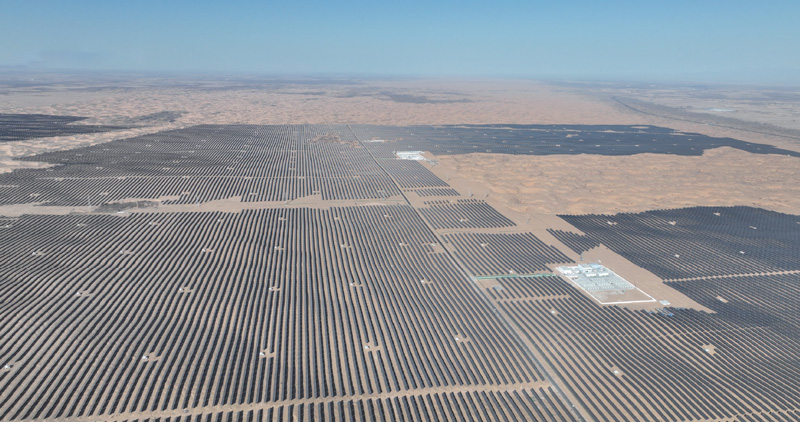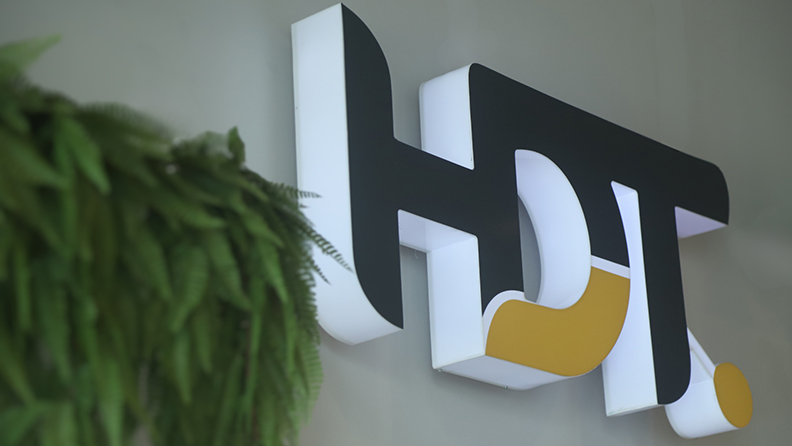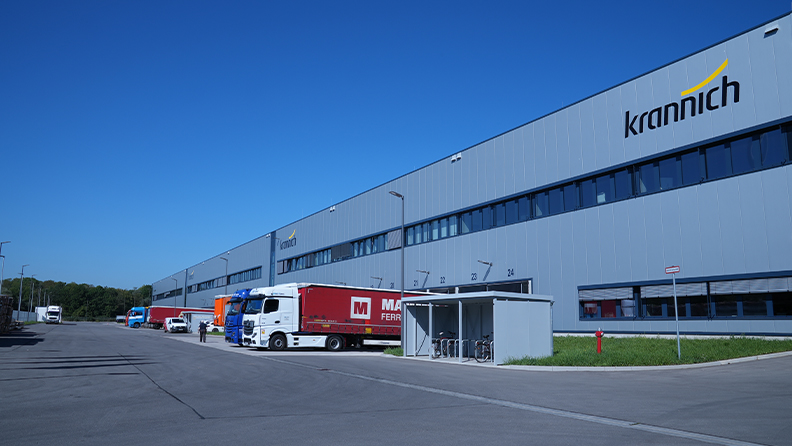Intelligent diagnosis, quick response
China Three Gorges Corporation: Building a Blue "PV Great Wall" on the Desert
The Kubuqi Desert region and other regions with similar conditions are exploring more ways to develop a "PV economy." They strive to deeply integrate PV-based sand control and intelligent technologies to effectively combat desertification and improve the happiness index of residents by generating more social benefits.

For thousands of years, humans have been battling against desertification, with China leading the charge in these efforts.
As early as the Western Zhou Dynasty (1046–771 BC), residents in northern China were aware of desertification and grew plants, including Tamarix chinensis, Tamarix ramosissima, and saxaul, to prevent desertification.
In the Han and Tang dynasties, the Silk Road brought about the extensive cultivation of plants in desert areas. Business travelers and residents along the Silk Road worked with the governments to develop water conservation facilities, minimizing the adverse effects of deserts on transportation and residential areas.
In modern times, the Kubuqi Desert in Inner Mongolia has become a benchmark for effective sand control. Through measures such as afforestation and ecological restoration, the management of the Kubuqi Desert has achieved remarkable results, with the United Nations commending it as a model for turning a desert into an oasis.
By the end of 2023, the ten-million-kW-level wind+PV project in the Kubuqi Desert — the first of its kind in China — was connected to the grid. PV was introduced, with a "PV Great Wall" that showcases a striking landscape of blue solar panels emerging alongside lush green forests.
Continuously Adding Value
As an integral part of China's energy strategy, the construction of utility-scale wind and PV power plants in deserts and wastelands is accelerating. The 1 million kW PV project developed by China Three Gorges Corporation and Inner Mongolia Energy Group in the north-central part of the Kubuqi Desert is a prime example.
The PV plant was successfully connected to the power grid on December 29, 2023, marking a milestone of the "renewable energy + desert management" model and setting a benchmark for sand control and economic development in other regions.
Located in the Inner Mongolian Plateau, the Kubuqi Desert has a temperate continental climate that provides abundant wind energy resources and more than 2800 sunshine hours each year. This makes the region an ideal location for developing wind and solar energy.
In this project, vegetation and crops are planted beneath and between the rows of solar panels while power is generated on the solar panels. This three-tiered approach includes bordering forests, windbreak forests, and vegetation within the PV plant, promoting sand fixation and ecological restoration.
The entire plant implements the Huawei Smart PV Solution. Huawei's smart string inverters play a key role in the plant's operation. They ensure long-term stable operation and reliable output with a system availability of up to 99.999%.
Based on the characteristics of deserts and wastelands, Huawei's smart string inverters feature a fully sealed design that isolates completely the power compartment and wiring compartment. The inverters have an IP66 protection rating and are resistant to high temperature, high humidity, low temperature, and sandstorms.
Additionally, Huawei's smart string inverters use innovative Smart Connector-level Detection (SCLD) technology to ensure high reliability in design, production, and manufacturing. Once detecting abnormal terminal temperatures, the inverters start protection to prevent fault deterioration and spreading. To address challenges in windy and sandy environments, the IP68-rated smart fans inside the inverters support self-cleaning, greatly improving O&M efficiency.
The Huawei Smart PV Solution features innovative designs, which significantly enhance system reliability, ensure long-term value creation for customers, and maximize return on investment (ROI).
In addition to their excellent hardware performance, Huawei's smart string inverters have achieved significant breakthroughs in intelligent management. The inverters facilitate remote detection and management, enabling O&M personnel to determine the running status of PV systems, perform real-time optimizations through data analysis, and ensure that the systems operate optimally.
"Blue PV Great Wall" on the Desert
In the first phase of this project, the installed capacity is 1 million kW, covering an area of about 21.3 km2, equivalent to 3000 standard football fields. Inspecting the entire plant using traditional methods would take about 180 days. By contrast, the drone-based intelligent inspection system conducts detailed inspections of all equipment in the plant within one month, ensuring normal operations.
The total installed capacity of the project is reported to be 16 million kW. Upon completion, the project is expected to supply approximately 44 billion kWh of electricity to areas including Beijing, Tianjin, and Hebei annually. This will alleviate power shortages in these areas and become an important clean energy transmission pipeline.
This PV project demonstrates new approaches to desertification, including sand control beneath solar panels, opening up a new horizon for integrating ecosystem optimization with PV industry development.
In 2023, Ordos City made steady progress in constructing utility-scale wind and PV plants in deserts and wastelands. The government has planned a sand control zone on the northern edge of the Kubuqi Desert and south of the Yellow River. This zone spans approximately 400 km in length and has an average width of about 5 km, accommodating installations of up to 100 million kW.
A large number of PV modules shield the ground from solar radiation, significantly reducing wind speed and evaporation. They effectively optimize the micro-ecology of plants and their surroundings, increasing biodiversity and vegetation coverage.
Power generation on solar panels, green plants growing in between, and livestock raising under the panels have become the "new normal" in the local region. The green plants typically include cash crops and herbs, such as wolfberries and licorice, which optimize the ecosystem while boosting local economic growth.
In this blue sea of PV panels, small wild animals can be occasionally spotted. The desert ecosystem is undergoing subtle and pleasant changes.
The industry and governments in the Kubuqi Desert region and other regions with similar conditions are still exploring more ways to develop a "PV economy." They strive to deeply integrate PV-based sand control and intelligent technologies to effectively combat desertification and improve the happiness index of residents by generating more social benefits.
The views from the drone are stunning and show millions of PV modules spread across the undulating dunes, resembling a breathtaking expanse of a glistening blue sea.
Imperceptible to the naked eye, a significant amount of green electricity is being generated, reducing millions of tons of carbon dioxide emissions every year and providing a sustainable source of energy that facilitates green and low-carbon development in Inner Mongolia.
For many years, the northern regions of China have witnessed severe desertification. However, they are now embracing the potential of their abundant solar energy resources, enabling the generation of PV power. This has led to the integration of multiple industries. Spanning hundreds of kilometers, the "PV Great Wall" serves as a vital ecological safety shield in northern China, contributing to a greener future with its distinctively vibrant presence.




